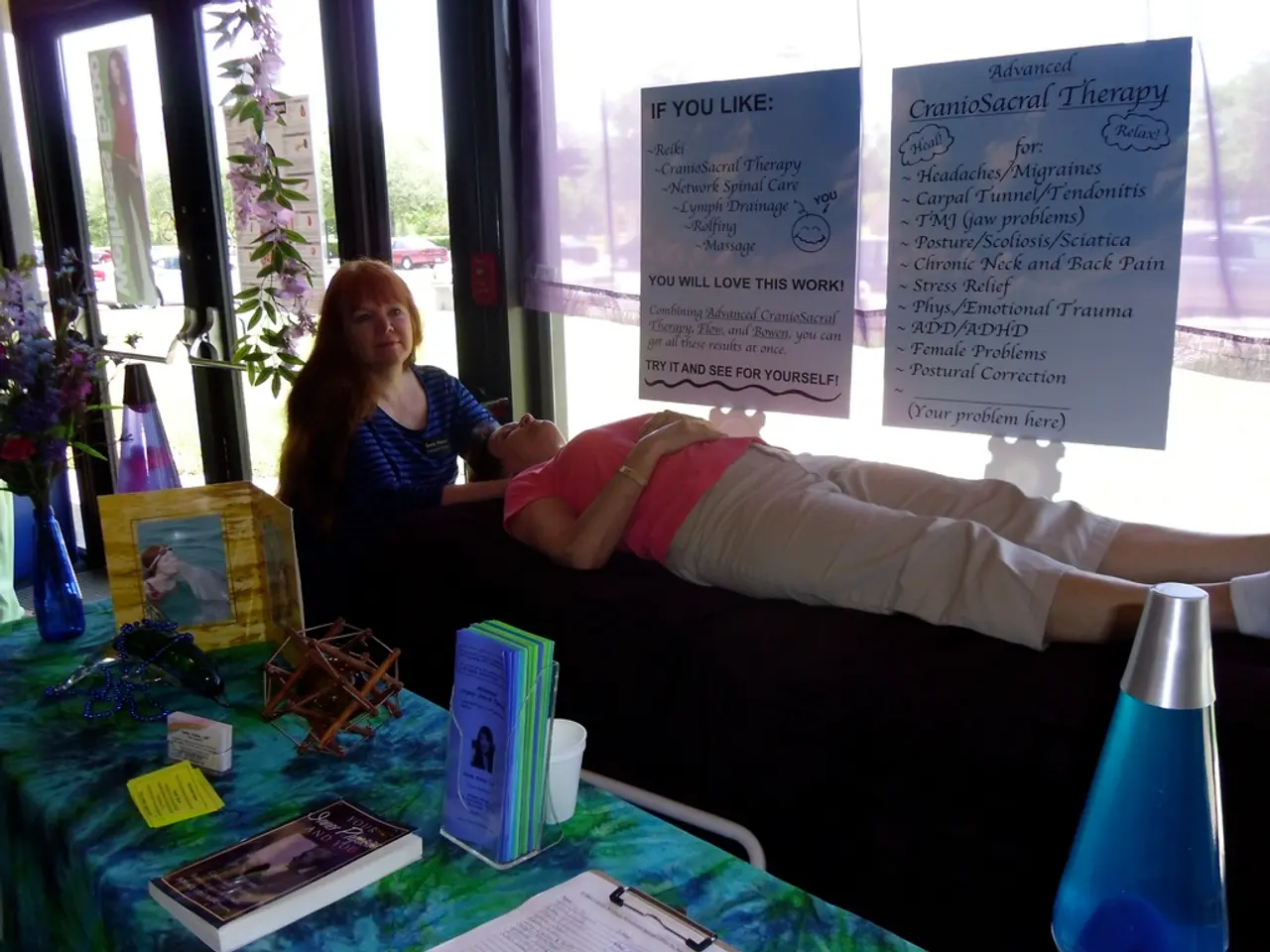Strategies for Engaging Individuals with Paranoid Personality Traits
In a world where understanding and empathy are key, navigating relationships with someone diagnosed with Paranoid Personality Disorder (PPD) can be challenging. However, with the right strategies, it's possible to create a safer and more supportive environment that helps both parties cope better.
One of the most effective ways to manage PPD in relationships is through self-education. Understanding the disorder and its symptoms can help reduce conflicts and frustration. This knowledge can help individuals avoid misconceptions and better comprehend the person's experiences [5].
Clear and consistent boundaries are another crucial aspect of managing relationships with someone with PPD. These boundaries protect both parties' well-being, provide predictability, and reduce triggers of paranoid suspicion [1][2][5]. It's essential to communicate these boundaries calmly and compassionately.
Improving communication skills is also vital. Active listening, validating feelings without reinforcing paranoia, and avoiding confrontational language can strengthen trust and reduce conflict [1]. Patience and empathy are essential in these interactions.
Professional help, such as Cognitive Behavioral Therapy, can directly address distorted thoughts and develop coping skills, which helps manage symptoms that affect relationships [4][5]. Offering support in accessing treatment can be beneficial.
Maintaining supportive social connections is another strategy that combats the isolation that can worsen paranoid thoughts. Loved ones keeping regular contact and involving the person in everyday activities promotes connection [3].
Practicing stress-management and grounding techniques, such as deep breathing and mindfulness, can reduce anxiety and interrupt paranoid thinking cycles, indirectly improving interpersonal interactions [3].
Balancing emotional support with self-care is also important. Recognizing that PPD behaviors are symptoms, not personal attacks, can help avoid burnout or resentment [2][5].
These strategies create a more supportive relational environment that can help individuals with PPD and their loved ones cope better with the disorder's relational challenges.
It's important to note that among adults over age 18 years in the United States, the prevalence of any personality disorder is about 9.1%. Estimates of PPD range from about 2.4 to 4.41% [6]. Childhood trauma, including emotional and physical neglect, may be a risk factor for PPD [7].
Paranoid personality disorder is one of the most common personality disorders [8]. Setting boundaries with someone with PPD can help them take responsibility for their actions and understand expectations [9].
However, PPD can have a significant impact on relationships, leading to symptoms of paranoia, such as extreme mistrust and suspicion [10]. Misinterpreting harmless actions and statements by others can lead to conflict in all types of relationships [11].
Arguing or dismissing beliefs of a person with PPD may fuel anger and paranoid thoughts [12]. Remaining a good listener, having a caring approach, and keeping a calm voice and demeanor can help calm a person with PPD [13].
About half of individuals with PPD also have an additional personality disorder [14]. Certain personality disorders, including PPD and Antisocial Personality Disorder, are considered more challenging to treat effectively [15].
Mental health resources can be found at a dedicated hub for more information and research-backed resources on mental health and well-being [16]. The American Psychiatric Association (APA) suggests self-care practices such as maintaining regular contact with family and friends, doing relaxing activities like yoga, meditation, or breathing exercises, exercising regularly, getting enough sleep, and finding ways to relax and unwind [17].
In conclusion, with the right strategies, it's possible to manage and support someone with PPD in a relationship. Education, clear communication, setting boundaries, seeking professional help, maintaining social connections, stress management, and self-care are all crucial components of this process.
Read also:
- Overweight women undergoing IVF have a 47% higher chance of conceiving naturally post-weight loss
- Bonsai Trees from Evergreen Species: Exploring Growth Characteristics & Distinct Qualities
- What temperatures may make walking your canine companion uncomfortable?
- Title: Information About Beovu: Potency, Form, Usage, and Additional Details







